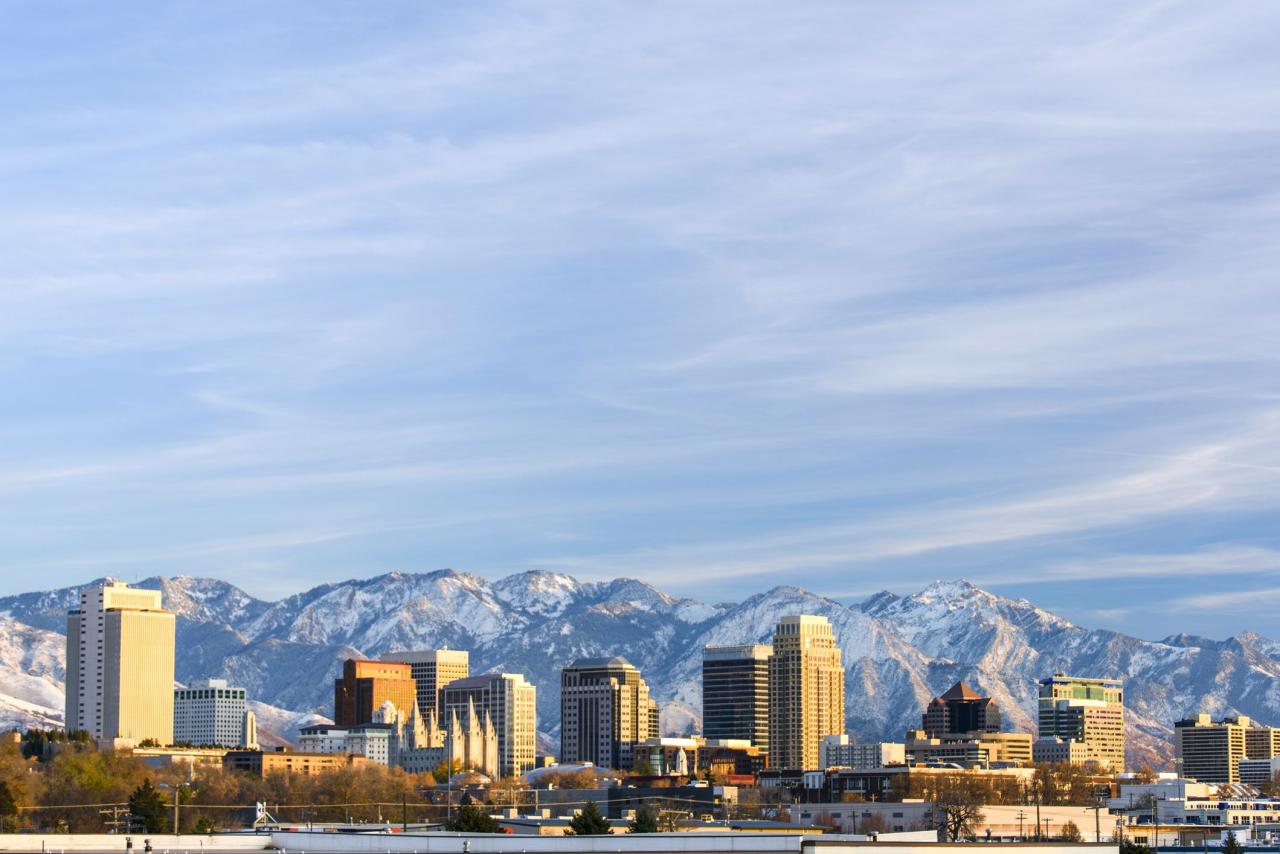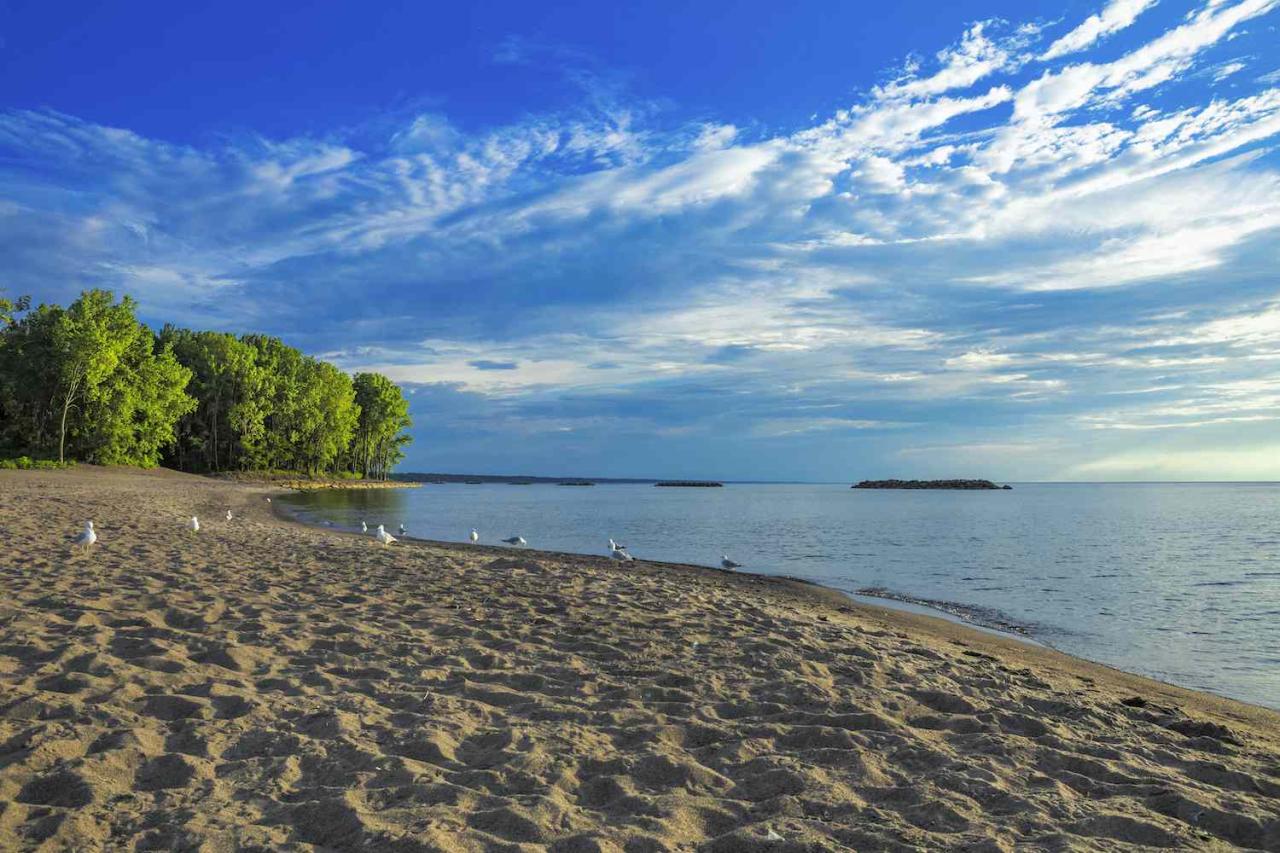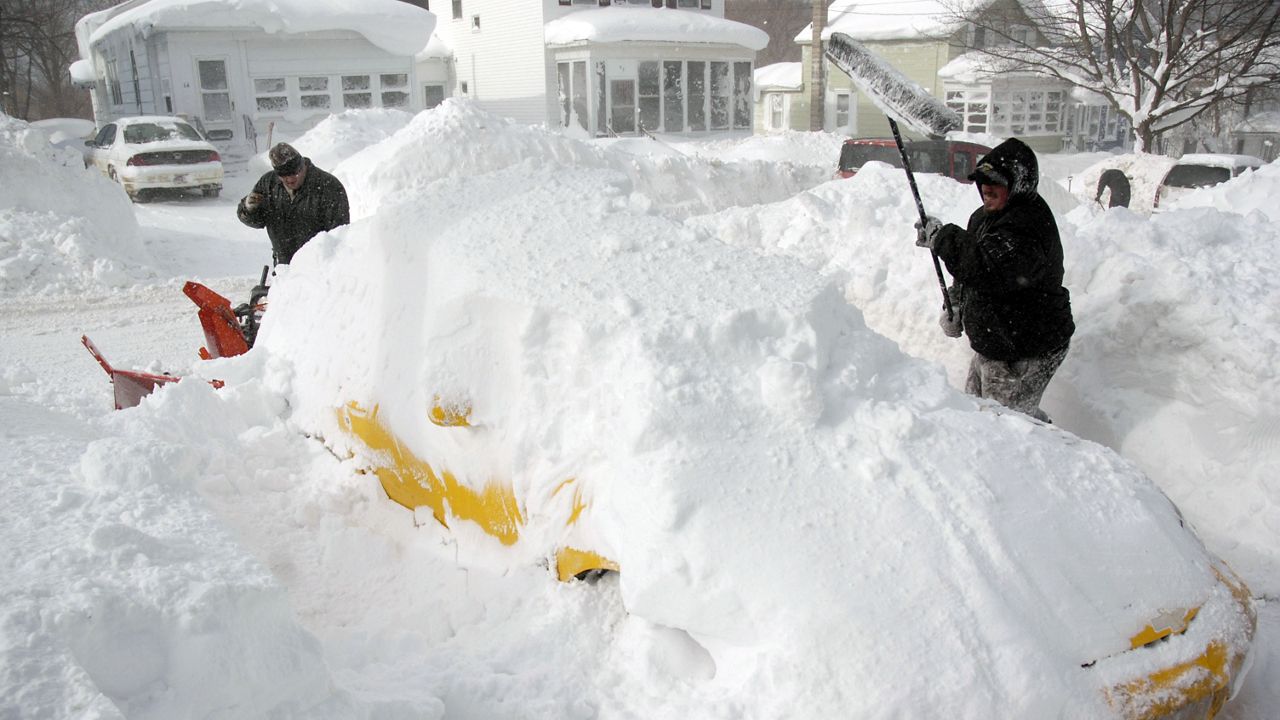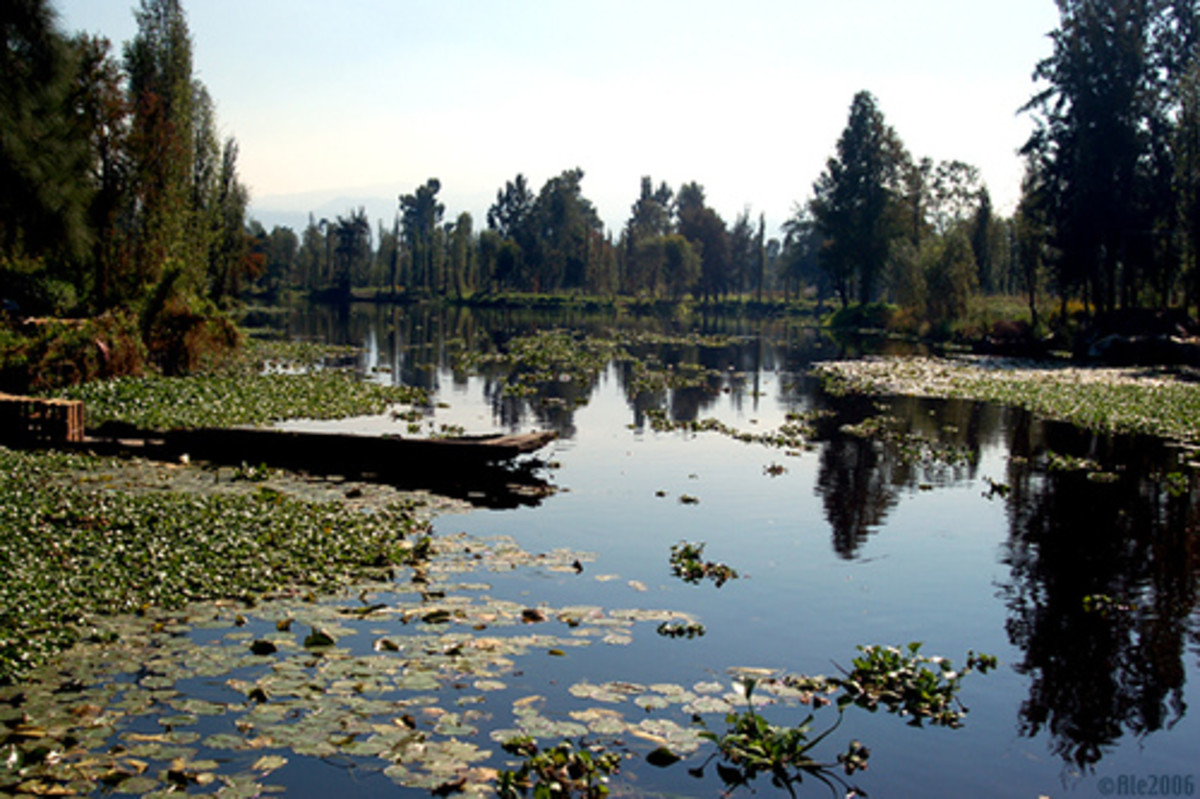Lake Tahoe weather is a captivating dance between the majestic Sierra Nevada mountains and the vast Pacific Ocean. Nestled high in the mountains, this iconic lake experiences a unique blend of climates, offering breathtaking scenery and exciting outdoor adventures throughout the year.
From the snow-dusted peaks of winter to the sun-kissed shores of summer, Lake Tahoe’s weather paints a vibrant tapestry of seasonal variations.
Understanding Lake Tahoe’s weather patterns is crucial for planning a trip, whether you’re seeking a serene escape in the spring, a summer of watersports, a vibrant autumn getaway, or a winter wonderland adventure. We’ll explore the factors that shape Lake Tahoe’s weather, delve into the unique microclimates that exist around the lake, and discuss the potential for extreme weather events.
Lake Tahoe Weather Overview
Lake Tahoe, nestled in the Sierra Nevada mountains, boasts a stunning alpine setting and a diverse climate influenced by its high elevation, proximity to the mountains, and the Pacific Ocean. The lake’s unique geography creates a microclimate that is distinct from surrounding areas.
Factors Influencing Lake Tahoe’s Weather
Lake Tahoe’s weather is a result of a complex interplay of factors. Its high elevation, averaging 6,225 feet above sea level, significantly impacts temperature, precipitation, and wind patterns. The surrounding Sierra Nevada mountains create a rain shadow effect, blocking moisture from the Pacific Ocean and resulting in drier conditions on the eastern side of the lake.
The proximity of the Pacific Ocean, however, still influences the region’s weather, bringing in occasional storms and maritime air masses.
Seasonal Weather Patterns
Lake Tahoe experiences four distinct seasons, each with its own unique weather characteristics.
Spring
Spring in Lake Tahoe is a time of transition, with temperatures gradually warming and snowpack melting. Days are often sunny and mild, with temperatures ranging from the 40s to the 60s Fahrenheit. Precipitation is relatively low, but occasional snowstorms are still possible.
Summer
Summers in Lake Tahoe are warm and dry, with average temperatures in the 70s and 80s Fahrenheit. The lake provides a cooling effect, making the area a popular destination for outdoor recreation. However, the high elevation can result in cool evenings and occasional thunderstorms.
Fall
Autumn in Lake Tahoe is a beautiful season, with vibrant foliage and crisp, cool air. Temperatures gradually drop, ranging from the 40s to the 60s Fahrenheit. Precipitation increases as the season progresses, with occasional snowstorms in the higher elevations.
Winter
Winter in Lake Tahoe is characterized by heavy snowfall, cold temperatures, and frequent storms. Temperatures can drop below freezing, and snowfall can be significant, averaging over 300 inches annually. This makes the area a popular destination for skiing, snowboarding, and other winter sports.
Lake Tahoe Microclimates
Due to its unique geography, Lake Tahoe has several microclimates that influence local weather conditions. The eastern side of the lake, known as the “Sunny Side,” experiences drier conditions and more sunshine due to the rain shadow effect. The western side, known as the “Shady Side,” receives more precipitation and experiences cooler temperatures.
Microclimate Variations
- Temperature:The western side of the lake is generally cooler than the eastern side, due to its exposure to the Pacific Ocean and the rain shadow effect. Higher elevations also experience cooler temperatures than lower elevations.
- Precipitation:The western side of the lake receives more precipitation than the eastern side, due to the proximity of the Pacific Ocean. The higher elevations also receive more snow than the lower elevations.
- Wind Patterns:Lake Tahoe experiences prevailing winds from the west, which can create strong gusts and affect weather patterns. The winds can also create localized microclimates, particularly near mountain passes and along the lake’s shores.
Weather Extremes in Lake Tahoe
Lake Tahoe is known for its dramatic weather, which can range from sunny and mild to snowy and stormy. The area is prone to extreme weather events, including snowstorms, wildfires, and high winds.
Snowstorms

Lake Tahoe experiences heavy snowfall during the winter months, with significant accumulations possible in a short period. Major snowstorms can disrupt transportation, close roads, and cause power outages. The record snowfall in Lake Tahoe was 748 inches in the winter of 1910-1911.
Wildfires
Wildfires are a serious threat in the Sierra Nevada mountains, including Lake Tahoe. Dry conditions and strong winds can quickly spread wildfires, causing significant damage to property and ecosystems. The 2021 Caldor Fire, which burned near Lake Tahoe, was one of the largest and most destructive wildfires in California’s history.
High Winds
Strong winds are common in Lake Tahoe, especially during the winter months. These winds can create dangerous conditions for outdoor recreation, and can also damage property and infrastructure. The strongest wind gusts recorded in Lake Tahoe have exceeded 100 miles per hour.
Lake Tahoe Weather Resources
Staying informed about current and forecasted weather conditions is crucial for anyone visiting or living in Lake Tahoe. There are several reliable sources of weather information available, including websites, apps, and local news channels.
Reliable Weather Resources, Lake tahoe weather
- National Weather Service (NWS):The NWS provides comprehensive weather forecasts, warnings, and advisories for Lake Tahoe and the surrounding area. Their website and mobile app are excellent resources for staying up-to-date on current and forecasted conditions.
- Local News Channels:Local news channels, such as KOLO 8 News Now and Fox 11, provide weather updates and forecasts specifically for Lake Tahoe. These channels often feature live radar and satellite imagery, which can be helpful for monitoring storm activity.
- Weather Apps:Numerous weather apps, such as AccuWeather, The Weather Channel, and Weather Underground, provide detailed forecasts for Lake Tahoe. These apps offer features such as real-time weather updates, radar imagery, and alerts for severe weather events.
Final Summary
Lake Tahoe weather is a captivating force that shapes the region’s beauty and activities. From the dramatic shifts in seasons to the unique microclimates, there’s always something to discover. Whether you’re a seasoned adventurer or a first-time visitor, understanding the nuances of Lake Tahoe weather can enhance your experience, ensuring you’re prepared for the unexpected and ready to embrace the magic of this extraordinary place.













